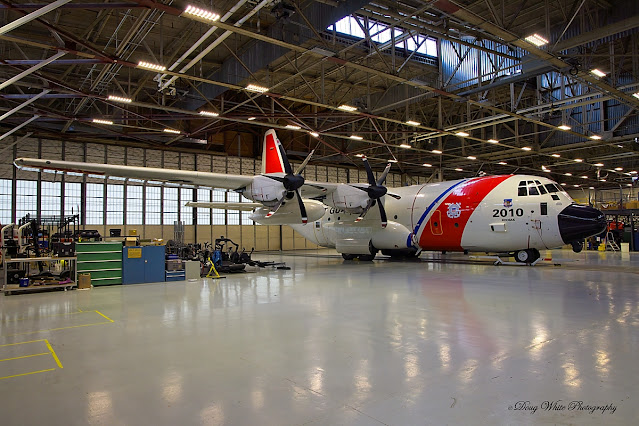MH-65 Dolphin

The MH-65 Dolphin is probably the helicopter most people relate to the Coast Guard. With its signature enclosed tail rotor and long, rounded nose (like a dolphin), and bright orange paint, they are easily identified from all distances. This helicopter is considerably smaller than the MH-60T Jayhawk. Just a note: I made an error calling the Jayhawk a UH-60T. The CG designation is MH-60T. The small size of the MH-65 Dolphin makes it the primary helicopter deployed on the relatively small landing decks of cutters. The helicopter is equipped with advanced search and rescue equipment like a high visibility cockpit with glass surrounds, a FLIR (forward-looking infra-red) sensor, HUD (heads up display), and sophisticated flight control / aviation software. This helicopter is also equipped with retractable landing gear for reduced drag during flight. The crew at Air Station Kodiak has obviously decorated this bird with some artwork during their stay. Thanks, Doug White https://jdwarchive.blogs...















